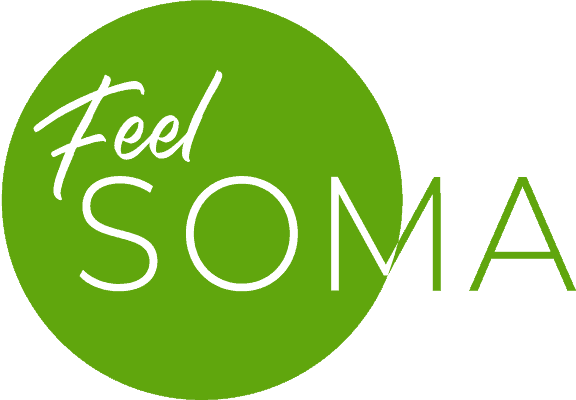Feel SOMA Pelvic Program
Pelvic movement can be restricted by many everyday factors — occupational positions, repetitive tasks, dehydration, trauma, or emotional stress in the front of the hips. Traditional rehabilitation methods often rely on stretching and strengthening alone, yet these approaches rarely create lasting change.
At Feel SOMA, we use a more comprehensive reconditioning approach. Instead of isolating one tissue as the problem, we address the entire system — nerves, muscles, fascia, bone, skin, blood, and lymph. This inclusive method acknowledges the interconnectedness of tissues and the critical role of neural communication, fluid flow, and mechanical patterns.
Our program blends practical self-care applications (rollers, balls), guided Fascial Mobilisers, and multi-directional strength drills. Rather than static stretching, these strategies reset tissues, restore adaptability, and integrate movement patterns more naturally.
This holistic approach addresses the root causes of pelvic issues, rather than symptoms alone. It reflects Feel SOMA’s philosophy — enhancing awareness, resilience, and overall well-being through an interconnected understanding of the body.
Program Guide
- Duration – 30-45 minutes.
- When – Before, during, or after sessions. Suitable for any environment.
- Flow – Treat both sides of the body, then repeat on the more restricted side.
- Terminology – Feel SOMA uses innovative language and techniques. Simply follow the videos and coaching cues.
Techniques
- SOE (Self Osteo Engagement): Roll on bony sections – max 30s.
- SME (Self Myofascial Engagement): Roll on muscular sections – 60–90s.
- Wall vs Floor: Choose wall (standing) or floor (lying), whichever is more comfortable to use roller.
- SFM (Self Fascial Mobilisers): Low force, low speed motion to reconnect myofascial tissues. They are everyday movement patterns, not stretches – 45–60s each.
Strength Integration
- Perform 2 sets × 45s per exercise, using comfortable weight.
- Increase as required
Key Reminders
- Breathe diaphragmatically throughout movement— breath drives tissue adaptation.
- Focus on rhythm and timing in movement — nothing forced.
- Follow the videos until confident independently.
- Complete the full program 3–5 times before varying and choosing most effective protocols

